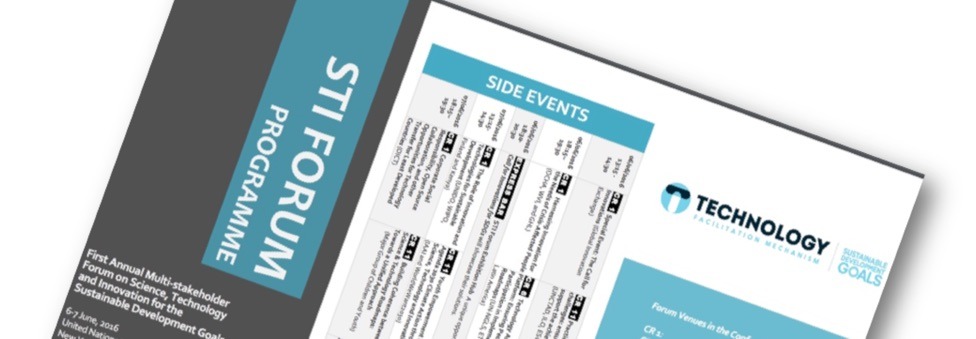The first annual Multistakeholder Forum on Science, Technology and Innovation for the Sustainable Development Goals (SDG) was held last week, at the United Nations’ headqurters. This is one of the outcomes of 193 world leaders at a UN in September 2015 agreeing that connectivity was so important, that they made it a concrete target of the new Development Goals. Leading a session on the impact of ICTs on Development, The Internet Society took part in the debate.
While the transformative power of technology isn’t new, what is new, is the wide recognition by the international community that the Internet is a critical component of future UN development efforts. This recognition is reflected directly in the 2030 Agenda, but also in parallel processes such as the World Summit on the Information Society (WSIS). Large institutions like the World Bank are also shifting their lending policies to ensure information and communications technology (ICT) development criteria become central to countries’ success.
In this sense, the meeting illustrated the collective acknowledgement that ICTs and the Internet are critical enablers of the SDGs.
This is only the beginning
The immense possibilities of the Internet lie in the fact that it serves as a platform for communications of any kind. It has the potential of providing solutions for everything from education and agriculture to gender equality and climate change. Whenever people access the Internet, they unlock a tool for trade, knowledge and creativity.
Although the commercial Internet is now more than 20 years old, we’ve only seen the beginning. New innovations in Internet technologies that go “beyond the web” and “beyond mobile” — such as sensor nets, remotely operated health equipment, smart city applications, smart farming, etc. – are becoming reality. These technologies are the new frontier of a hyper-connected world with revolutionary potential. Ensuring that this “Internet of Things” is accessible in the developing world is not only important to improve human conditions, but also to minimize the social and economic gap of the global digital divide.
Making it happen
In order to make this a reality, we must weave concrete actions into the high-level declarations of intention, otherwise nothing will happen.
The fact that 40% of the global population has access to the Internet is significant given its short history, but this means that still over half of the world’s population is not connected. Connecting the remaining billions is a multifaceted challenge that encompasses more than just putting fiber-optic cables in the ground. It’s also about making the Internet relevant by promoting local content and digital literacy as well as making the Internet affordable to those currently offline.
Connecting the unconnected will need multiple approaches, as there is no one solution to connect them all.
Private investment, progressive government policies and user empowerment will speed deployment and adoption of the Internet, but it will also take networks of NGO’s and civil society groups working with governments and other stakeholders.
Working together, we hold the pieces of the puzzle that constitute sustainable development.

